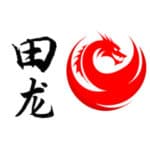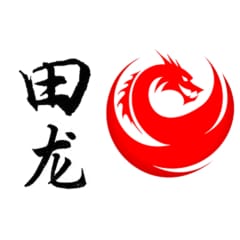Value Add/Chain Analysis
Organizational Excellence
Value chain analysis is a strategy tool used to analyze internal firm activities. Its goal is to recognize which activities are the most valuable to your company and which ones could be improved to provide competitive advantage.
One of the goals of value chain analysis is to ensure the product is placed in the customers’ hands as seamlessly as possible. The final result of a value chain analysis should be a more competitive, efficient business.
Why do you need value chain analysis
As competition increases for high-quality products, low costs and excellent customer service, businesses must continually assess the value they create. One of the most valuable tools, the value chain analysis, breaks down each process of a business and creates opportunities for innovation.
How We Use the Value Chain Tool for Your Business
There are two different approaches on how we carry out the analysis, which depend on what type of competitive advantage your company wants to create. These include:
- The Cost Advantage – This approach is used when your company is trying to compete on costs and you want to understand the sources of your cost advantage or disadvantage as well as the factors drive those costs; and
- The Differentiation Advantage – This approach is used if your company is striving to create superior products or services.
What are the Cost Drivers of Value Chain Analysis?
Cost advantage results from a reduction in costs associated with activities in a value chain. After the value chain has been defined, it’s important to associate costs to the activities and then make adjustments for efficiency. Cost drivers are factors that can impact the cost of an activity. Your company can aim to control these cost drivers in order to improve efficiency, add value, and differentiate.
- Economies of scale
- Learning and spillovers
- Pattern of capacity utilization
- Linkages
- Interrelationships
- Integration
- Timing
- Organization policies
- Location
- Institutional factors
The table below lists all the steps we follow to achieve cost or differentiation advantage using Value Chain Analysis.
Steps | Cost Advantage | Steps | Differentiation Advantage |
Step 1 Step 2 Step 3 Step 4 Step 5 | Identify the firm’s primary and support activities. Establish the relative importance of each activity in the total cost of the product. Identify cost drivers for each activity. Identify links between activities. Identify opportunities for reducing costs. | Step 1 Step 2 Step 3 | Identify the customers’ value-creating activities. Evaluate the differentiation strategies for improving customer value. Identify the best sustainable differentiation. |
We implement the above steps comprehensively because value chain analysis can you’re your company in various ways. It can create change within your business, the products and services you offer, and the connections with other businesses as well as your customers or clients.
What Activities Create Differentiation Advantage in Value Chain Analysis?
If your company can create a differentiation advantage through a value chain analysis, you will capture a competitive advantage and increase your overall profit. Therefore, identifying the activities that create the most value to customers is the priority. These can include the following:
- Using relative marketing strategies
- Knowing about products and systems
- Answering phones faster
- Meeting customer expectations
How can we help
At Tianlong Services, we have professional business improvement experts who can help you create a more collaborative value chain analysis. Contact us today for a free consultation.

No Obligation
Request a free trial
You will get a month’s worth of bookkeeping. Whether or not you continue with us, your reports for the month are yours to keep.

